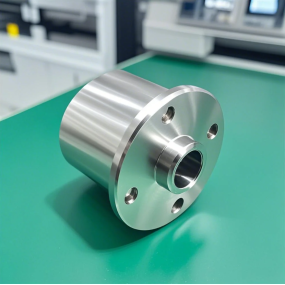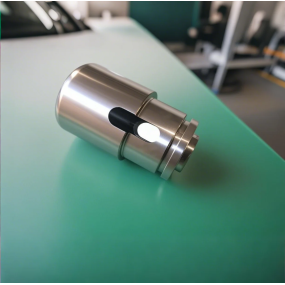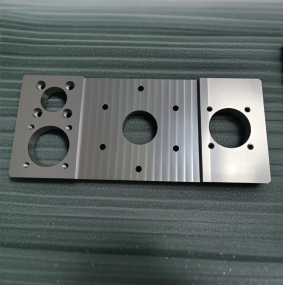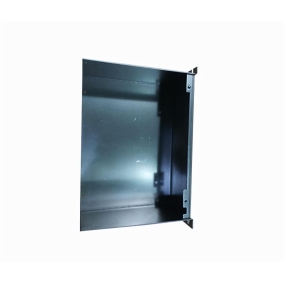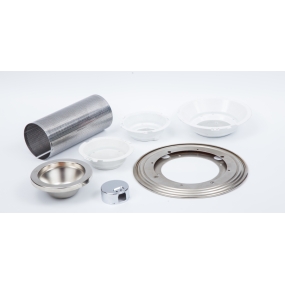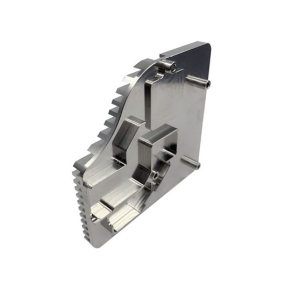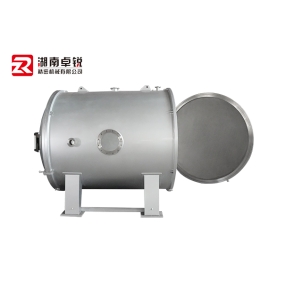Sheet metal cutting processing is an important part of Sheet Metal Processing, and it covers a variety of cutting technologies and process methods. So, the small editor tells you that in sheet metal cutting processing, there are many reasons for products to crack or break. The following is a specific analysis of these reasons: 1. Material Factor 1. Insufficient Material Strength: If the sheet metal material used is not strong enough to withstand the stress and load during processing, cracking is prone to occur. Therefore, when designing sheet metal parts, the appropriate material should be selected according to the actual usage. 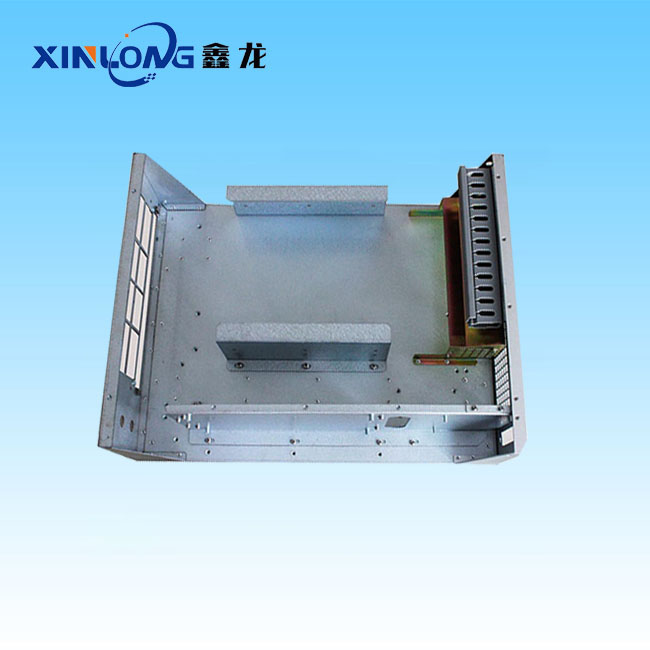 2, Material Defects: Sheet metal materials may have defects such as metal inclusions, oxide scale, cracks, etc. during the manufacturing process. These defects will seriously affect the strength and durability of sheet metal parts and increase the risk of cracking. Second, process factors 1. Improper cutting process: Sheet metal cutting processing cutting parameters are not set reasonably, such as cutting speed is too fast, cutting depth is too large or improper cutting angle, may lead to sheet metal parts in the cutting process by excessive stress, resulting in cracks or fractures. 2. Improper heat treatment: For some sheet metal materials that require heat treatment, if the heat treatment process is improper, such as excessive heating temperature, insufficient holding time or too fast cooling speed, may lead to changes in the internal structure of the material, affecting its mechanical properties, thereby increasing the risk of cracking. 3. Bending, stamping and other subsequent processing effects: Sheet metal cutting processing After sheet metal cutting, usually requires subsequent processing such as bending and stamping. If the parameters in these processing processes are not set reasonably or operated improperly, it may also lead to cracking or fracture of sheet metal parts. III. Design Factors 1. Unreasonable Shape Design: The shape design of sheet metal parts has a great impact on its mechanical properties. If the shape design is unreasonable, such as too small angle, too tight curve, etc., it is easy to cause sheet metal parts to be subjected to excessive stress during processing or use, resulting in cracking. 2. Improper Design of Holes: If the holes on sheet metal parts are improperly designed, such as the holes are too large or the position is unreasonable, it may also lead to stress concentration and increase the risk of cracking. IV. Other Factors 1. Equipment Factors: The accuracy and stability of cutting equipment have a great impact on the quality of sheet metal parts. If the equipment accuracy is not high or the stability is poor, it may lead to deviation or stress concentration during the cutting process, which may lead to cracking or fracture. 2. Environmental factors: The temperature, humidity and other factors in the sheet metal cutting processing environment may also affect the quality of sheet metal parts. For example, when processing sheet metal parts in high temperature or high humidity environment, the material may be more susceptible to thermal stress or corrosion, thus increasing the risk of cracking.
2, Material Defects: Sheet metal materials may have defects such as metal inclusions, oxide scale, cracks, etc. during the manufacturing process. These defects will seriously affect the strength and durability of sheet metal parts and increase the risk of cracking. Second, process factors 1. Improper cutting process: Sheet metal cutting processing cutting parameters are not set reasonably, such as cutting speed is too fast, cutting depth is too large or improper cutting angle, may lead to sheet metal parts in the cutting process by excessive stress, resulting in cracks or fractures. 2. Improper heat treatment: For some sheet metal materials that require heat treatment, if the heat treatment process is improper, such as excessive heating temperature, insufficient holding time or too fast cooling speed, may lead to changes in the internal structure of the material, affecting its mechanical properties, thereby increasing the risk of cracking. 3. Bending, stamping and other subsequent processing effects: Sheet metal cutting processing After sheet metal cutting, usually requires subsequent processing such as bending and stamping. If the parameters in these processing processes are not set reasonably or operated improperly, it may also lead to cracking or fracture of sheet metal parts. III. Design Factors 1. Unreasonable Shape Design: The shape design of sheet metal parts has a great impact on its mechanical properties. If the shape design is unreasonable, such as too small angle, too tight curve, etc., it is easy to cause sheet metal parts to be subjected to excessive stress during processing or use, resulting in cracking. 2. Improper Design of Holes: If the holes on sheet metal parts are improperly designed, such as the holes are too large or the position is unreasonable, it may also lead to stress concentration and increase the risk of cracking. IV. Other Factors 1. Equipment Factors: The accuracy and stability of cutting equipment have a great impact on the quality of sheet metal parts. If the equipment accuracy is not high or the stability is poor, it may lead to deviation or stress concentration during the cutting process, which may lead to cracking or fracture. 2. Environmental factors: The temperature, humidity and other factors in the sheet metal cutting processing environment may also affect the quality of sheet metal parts. For example, when processing sheet metal parts in high temperature or high humidity environment, the material may be more susceptible to thermal stress or corrosion, thus increasing the risk of cracking.
Hello! Welcome to EMAR's website!
 English
English » »
» »
 Spanish
Spanish Arabic
Arabic French
French Portuguese
Portuguese Belarusian
Belarusian Japanese
Japanese Russian
Russian Malay
Malay Icelandic
Icelandic Bulgarian
Bulgarian Azerbaijani
Azerbaijani Estonian
Estonian Irish
Irish Polish
Polish Persian
Persian Boolean
Boolean Danish
Danish German
German Filipino
Filipino Finnish
Finnish Korean
Korean Dutch
Dutch Galician
Galician Catalan
Catalan Czech
Czech Croatian
Croatian Latin
Latin Latvian
Latvian Romanian
Romanian Maltese
Maltese Macedonian
Macedonian Norwegian
Norwegian Swedish
Swedish Serbian
Serbian Slovak
Slovak Slovenian
Slovenian Swahili
Swahili Thai
Thai Turkish
Turkish Welsh
Welsh Urdu
Urdu Ukrainian
Ukrainian Greek
Greek Hungarian
Hungarian Italian
Italian Yiddish
Yiddish Indonesian
Indonesian Vietnamese
Vietnamese Haitian Creole
Haitian Creole Spanish Basque
Spanish Basque


